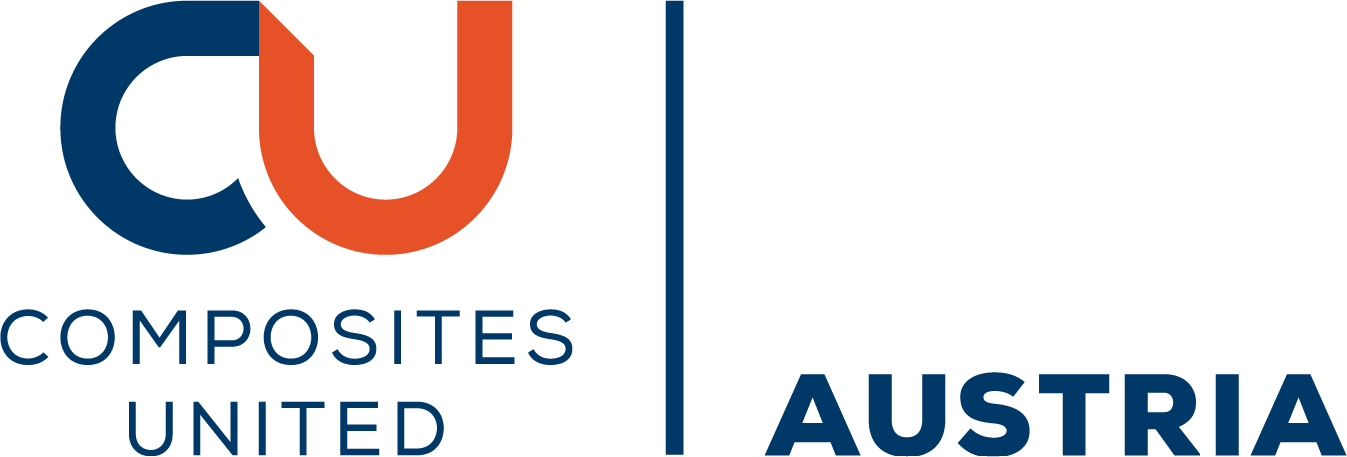
From Material Sample to Statistically Representative Elastic Properties: an X-Ray CT-Based End-to-End Pipeline to Predict as-Manufactured Properties of 3D-Textile Reinforced Composites
Please login to view abstract download link
Composites with 3D-textile reinforcement, especially from carbon fibres, are gaining more popularity due to their high resistance to delamination while maintaining high specific in-plane strength and stiffness. However, in order to enable widespread use, a good understanding of their structural performance is required. Even with known individual constituent properties, a material testing campaign is usually required to characterize the as-manufactured composite properties. This is often prohibitively expensive. As an alternative, numerical methods can be used. For woven materials this is typically achieved with homogenization of representative volume elements (RVE), where the mesoscale is modeled to yield macroscale properties. RVE geometries are however often idealized and thereby neglect detailed features. Therefore, a method that is growing in popularity, is to infer the as-manufactured geometry from an X-Ray Computed Tomography (XRCT) scan. However, this is often difficult because of poor contrast between material phases (i.e. carbon fibers and epoxy), owing to similarities in chemical composition. In this work, we present an end-to-end pipeline that can predict the statistical distributions of homogenized stiffness properties of XRCT scanned as-manufactured 3D-textile composite material. The first stage of the pipeline consists of a machine learning based segmentation algorithm that is trained on synthetic, automatically labeled training data. The second stage of the pipeline entails automated meshing of the segmented image, and fiber orientation mapping based on the raw XRCT image data. Thereafter, an interface to a FEM code enables unit cell simulations of multiple RVE's identified in the sample, predicting a statistical distribution of homogenized elastic parameters. Moreover, the realistic as-manufactured geometry can help identify stress concentrations in compacted regions where the risk of damage initiation is high, which might not be identifiable in an idealized geometry RVE simulation.






